Bridging the Sustainability Gap: Five Key Strategies From Top Performing Companies
Published 01-31-25
Submitted by Veolia North America

In today's rapidly evolving business landscape, sustainability has become a critical focus for companies worldwide. Pressure from investors, regulators and the general public has led to companies setting bold 5-, 10- and 20-year sustainability goals. But with some 5-year commitments coming to an end in 2025, where are these companies on their journey? Are they making enough progress to reach their goals?
According to Veolia’s second annual Triple Net Zero industry progress report, there is a significant gap between ambition and achievement in corporate sustainability efforts. While 72% of companies claim to be on track with their sustainability plans, only 21% have reached an advanced stage in their journey.
So what sets these companies apart when it comes to sustainability progress? In this blog, we’ll take a deeper look at what they are doing to jump the hurdle between setting ambitious sustainability goals and making progress, and learn from their approach to overcome common challenges.
Strategies for Success
Firms have made strides in the early stage, with initial assessment, goal-setting and strategic planning. This first step takes time and energy to assure that companies are setting realistic targets while also continuing their day to day work.

But the next stage—implementation—tends to be the most challenging and time consuming. Companies say cost, knowledge and reporting are among their top barriers to sustainability progress. But despite these challenges, the top 21% offer these five key strategies to help you break out of that ‘sticky middle’ phase.
1. Create a culture of urgency around sustainability
Despite widespread acknowledgment of sustainability's importance, only 11% of firms view it as both very important and very urgent. Leaders recognize the need to instill a sense of urgency throughout their organizations, ensuring sustainability initiatives receive the attention and resources they deserve.
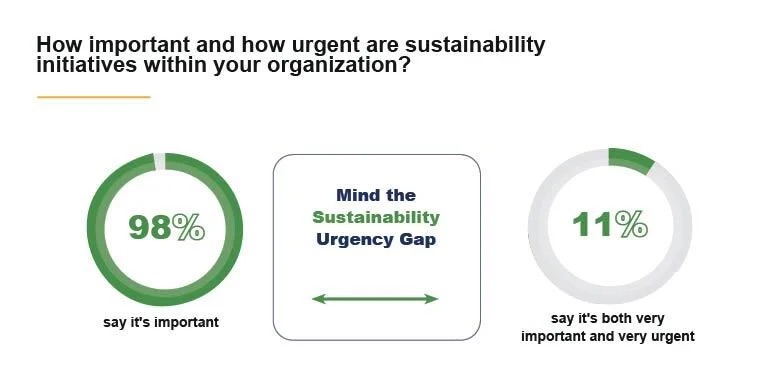
2. Bridge the sustainability gap across all levels of the organization
Sustainability can't be siloed within a single department. High-performing companies integrate sustainability considerations across all levels of the organization, from the C-suite to frontline employees. This approach ensures that sustainability becomes a shared responsibility and a core part of the company's DNA.
3. Recognize that sustainability teams can't do it alone
Companies can’t focus on their core business and face the ever-changing complexities of sustainability regulations, technology and more. That’s ok though—in fact, 75% of surveyed companies say they lack ‘excellent’ understanding of these complexities, with 85% saying they see significant value in partnering with solution providers. Leading companies are forging partnerships with NGOs, suppliers and solution providers to access expertise, drive innovation and achieve their sustainability goals more effectively.
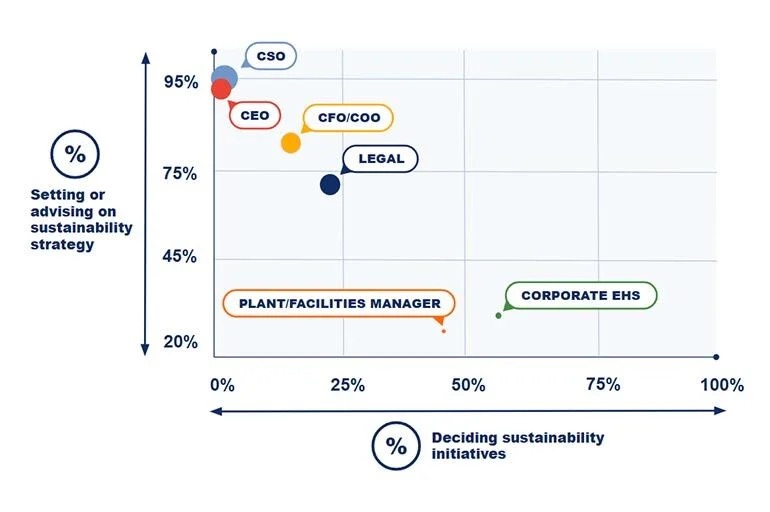
4. Maintain a long-term focus from day one
While addressing immediate concerns is important, sustainability leaders need to keep their eyes on the long-term prize. Many times, companies will focus on the short-term tasks to save money, but they are missing out on the long-term benefits down the road. 62% say that low-term procurement strategies ultimately lead to inefficiencies and higher long-term costs. Instead, companies should develop strategies that balance short-term wins with long-term transformational goals, ensuring their efforts remain aligned with broader sustainability objectives.
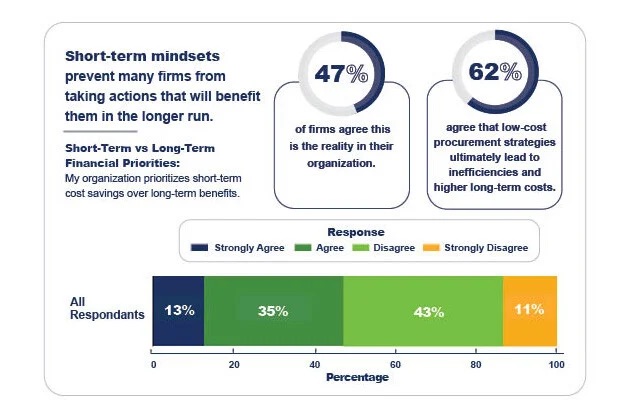
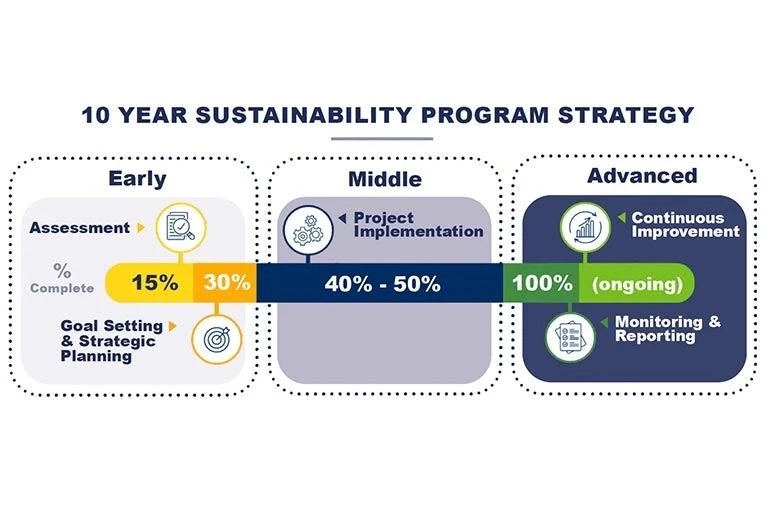
5. Overcome common barriers
Top performers actively work to address common obstacles such as lack of resources, stakeholder resistance and fragmented implementation, many of which are within their control. By addressing these internal capabilities, companies can move past these barriers and focus on building robust business cases that consider both hard and soft benefits, helping to secure buy-in and resources for sustainability initiatives.
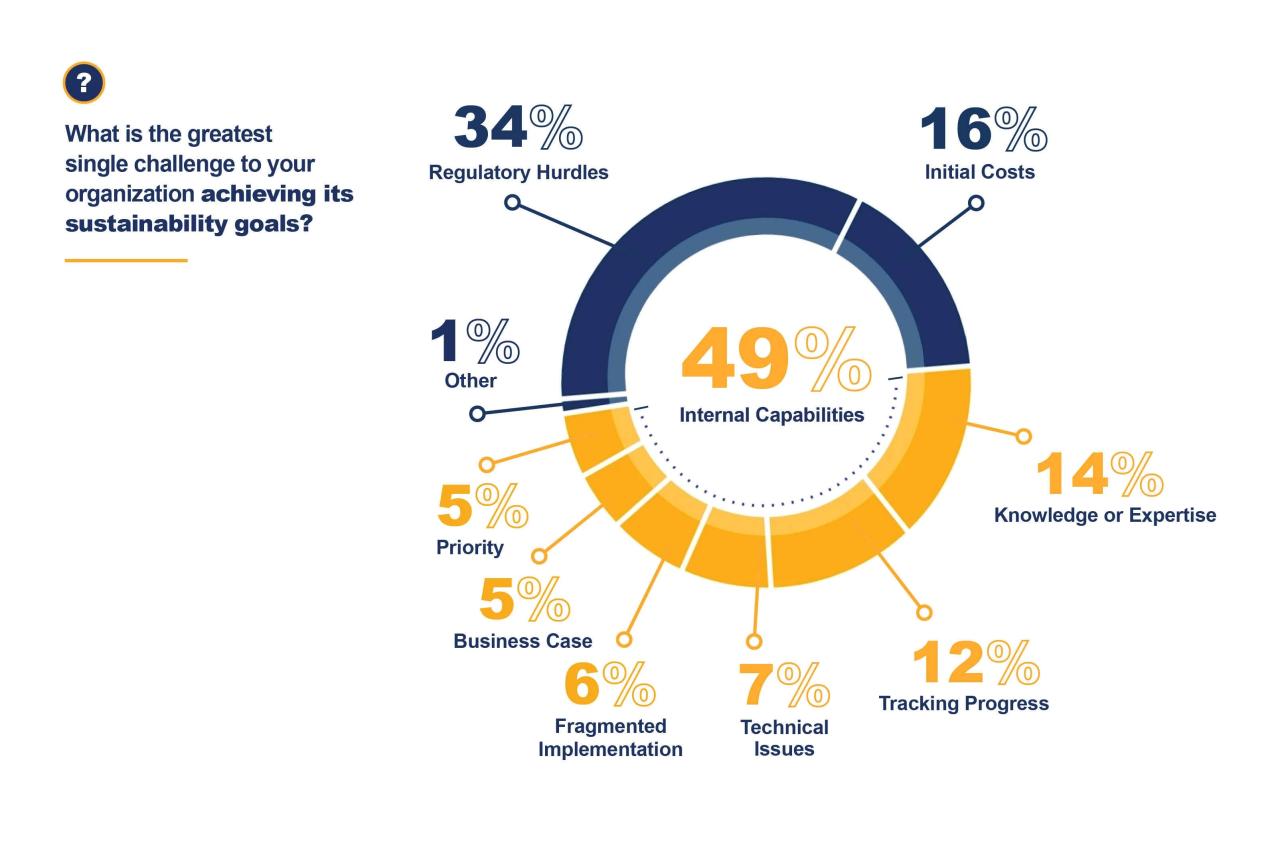
Identifying Areas of Focus
New research also reveals that leading organizations are transforming their approaches in three critical areas:
- Procurement Transformation: Companies are shifting from a lowest-cost mindset to one that prioritizes sustainable value and total cost of ownership. They're seeking out partners with aligned long-term sustainability goals and integrated sustainability solutions.
- Closing the Governance Gap: High-performing organizations recognize that sustainability can't be siloed within a single department. They're actively working to align sustainability, operations and finance teams to ensure a cohesive approach to sustainability initiatives. Some strategies to achieve this include:
- Embedding sustainability leaders in key functions like operations, design and procurement
- Ensuring regular communication and alignment between sustainability, finance and operations teams
- Creating cross-functional steering committees to guide sustainability efforts
- Developing shared KPIs that align sustainability goals with operational and financial objectives
- Driving Innovation for Sustainability: Leaders in the sustainability space are leveraging innovation, particularly in technology and data management, to support their efforts and drive operational efficiencies. Key areas for innovation include:
- Implementing AI and machine learning to optimize resource use and identify efficiency opportunities
- Improving data visibility and analytics to track sustainability metrics in real-time
- Developing new technologies to address specific sustainability challenges, such as carbon capture for industrial processes
- Leveraging digital platforms to enhance collaboration and knowledge sharing across the organization and with partners
By transforming procurement practices, aligning governance structures and driving innovation, leading companies are positioning themselves to achieve their sustainability goals and create long-term value. These strategies not only support environmental objectives but also contribute to operational efficiency, risk management and overall business resilience.
The Path Forward
While the gap between sustainability ambitions and achievements remains significant, there's reason for optimism. Companies are continuing to develop and refine their sustainability programs, learning from leaders and adapting to new challenges. The fact that so many companies are coming to the table and developing sustainability programs is a positive sign.
By adopting these five key strategies and learning from sustainability leaders, companies can accelerate their progress and make meaningful strides toward their sustainability goals. The journey may be challenging, but with the right approach and mindset, a more sustainable future is within reach.

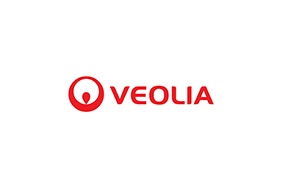
Veolia North America
Veolia North America
Veolia's ambition is to become the benchmark company for ecological transformation. With nearly 218,000 employees on five continents, the Group designs and deploys useful, practical solutions for managing water, waste and energy that help to radically change the world. Through its three complementary activities, Veolia contributes to developing access to resources, preserving available resources and renewing them. In 2023, the Veolia group served 113 million people with drinking water and 103 million with wastewater services, produced 42 terawatt-hours of energy and recovered 63 million metric tons of waste. Veolia Environnement (Paris Euronext: VIE) generated consolidated sales of €45.3 billion in 2023. A subsidiary of Veolia group, Veolia North America (VNA) offers a full spectrum of water, waste and energy management services, including water and wastewater treatment, commercial and hazardous waste collection and disposal, energy consulting and resource recovery. VNA helps commercial, industrial, healthcare, higher education and municipality customers throughout North America. Headquartered in Boston, Mass., Veolia North America has more than 10,000 employees working at more than 350 locations across the continent.
More from Veolia North America

